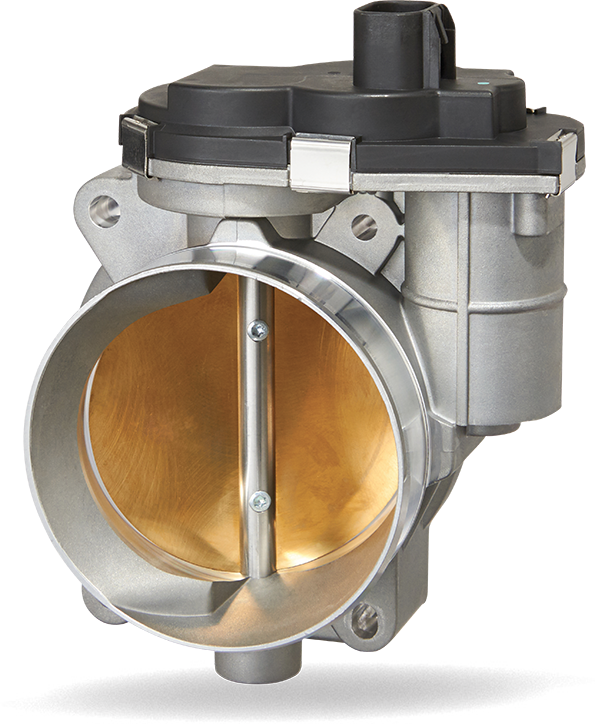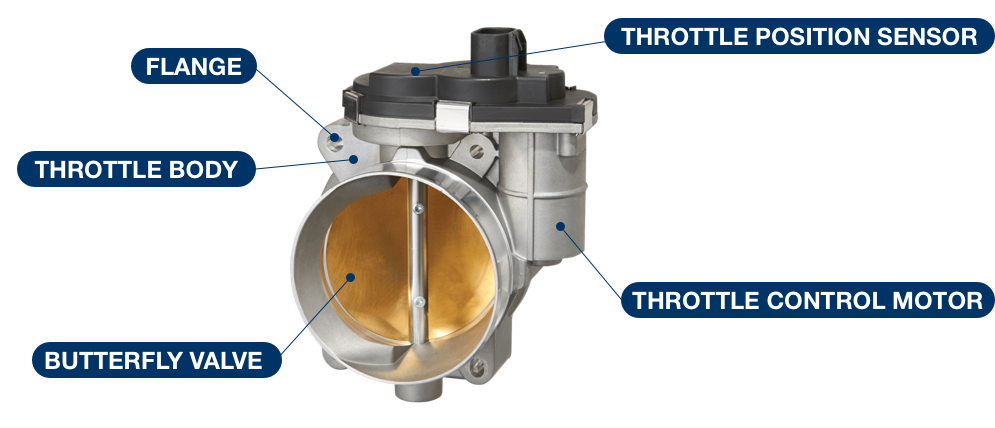Electronic Throttle Body

The Electronic Throttle Body (ETB) is the digital brainchild of the old throttle control, which used a mechanical link between the pedal and throttle. On the electronic throttle body, the drive-by-cable was removed and replaced by redundant sensors.
With the ETB, the ECU fully controls it based on signals from the accelerator pedal. The throttle valve is now fully automated, controlled only by a small motor within the throttle body.
- 100% New
- No Core Required
- Complete assembly with throttle position sensor for easier single-step installation
- Upgraded to non-contact Hall effect sensor
- Flange gasket included as per OE specification where applicable

Part Components

How does an ETB work?
Throttle position sensors sitting atop the unit next to the control gears transmit butterfly valve positioning in real time to the ECU. This new way of function allows seamless consistency of function across all road conditions (temperature, altitude, vehicle load, etc.)
Electronic control also allows easier integration of special features such as cruise, traction, and stability control. This electronic version allows for better air-fuel ratio and emissions control.
Common ETB Failure Symptoms
- Rough idle
- Unreliable response to gas pedal
- Engine stalling
- Slow or uneven acceleration
Common ETB causes of failure
The main cause of failure on the ETB stands with the throttle position sensor. Potentiometer type sensors uses physical contact to define valve opening. Over time, wear can occur and fail without warning.
Use of Hall Effect sensors similar to those in the CMP use a moving magnetic field to define position, preventing any physical wear.
Dirt, grime, and other contaminants may also build up within the throttle valve opening making it harder to move and thereby reducing air flow and emissions control. Software or electronic (shorts) failures are also possible
